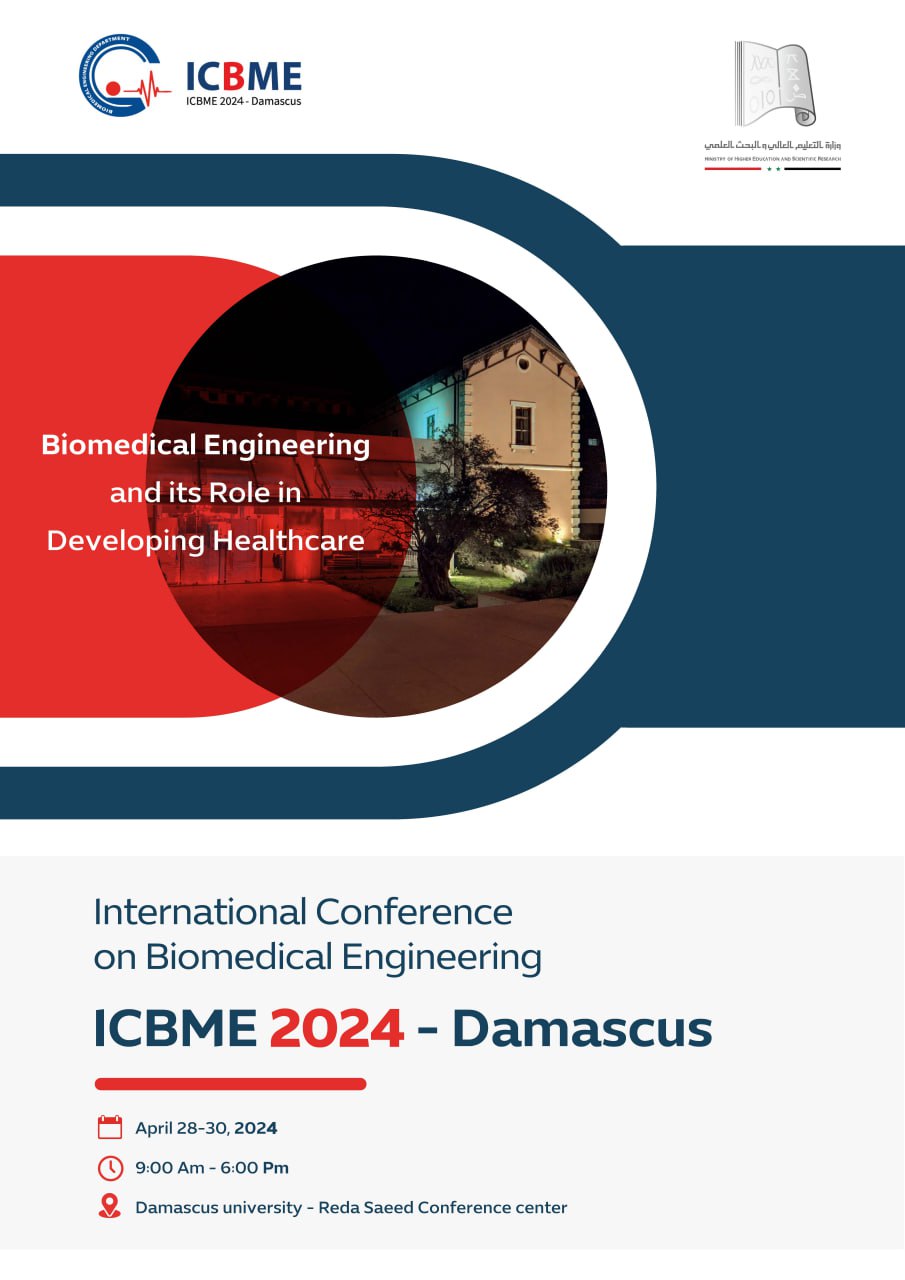EXAMINE THE IMPACT OF TOTAL HIP REPLACEMENT ON SPINE MOBILITY VIA GAIT ANALYSIS
Keywords:
Total hip replacement (THR), gait analysis, spineAbstract
Total hip replacement (THR) is an elective surgical procedure with the primary indication being pain relief. Secondary to pain relief, but still very important, is a patient’s desire to improve his or her physical function and quality of life. The aim of this study was to assess the impaction of the THR on the mobility of the spine. a method has been proposed for assessing the geometry of spine, and study the spine kinematics and their association during walking pre and post THR. Nine healthy men (age 20.44 آ± SD 1.01 years, height: mean 178.44 آ± SD 6.34 cm, mass: mean 68.55 آ± SD 10.4 kg) were studied. The results of control cases were compared with 6 pre THR and 6 post - THR patients (Age: mean 40 آ± SD 13.08 years, height: mean 165.7 آ± SD 8.693 cm, mass: mean 81.2 آ± SD 18.042 kg), four of them before undergoing unilateral total hip replacement surgery, and four other patients after the operation, two of them were examined before and after surgery.
The gait analysis was performed by two-dimensional (2D) motion analysis using two digital video cameras, one placed in the sagittal plane and the other on the frontal plane. Kinematics data were obtained from 2D trajectories of eight passive markers using SkillSpector software (version1.2.4). The digitizing points were exported as txt files that could be imported into Microsoft Excel.
The sagittal vertical axes and spinal angles (thoracic kyphosis, lumbar lordosis, thoracic scoliosis, lumbar scoliosis, horizontal pelvic slop, and vertical spine slope) were measured; this was found to be more correlated with a corotation factor >0.65 and a p-value of 0.05. When comparing these angles for patients pre and post THR with control cases, these angles are near control cases post total hip replacement (p-value < 0.05). So, as a conclusion, functional improvement was found in spinal movement and balance after the operation. It is not uncommon for the mechanics of walking to still not be back to normal after months of recovery. This is because the muscles around the joint need time to heal.

